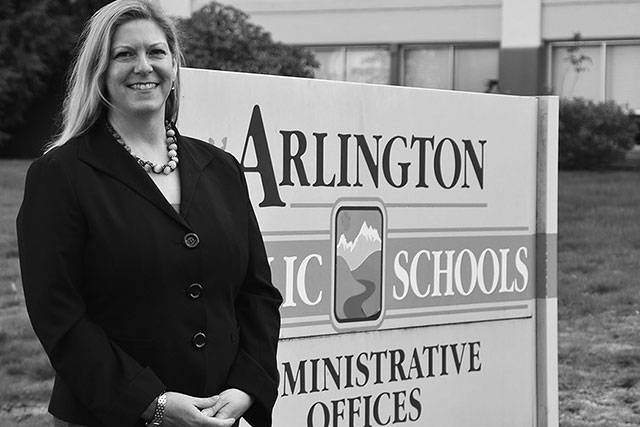By Gina Zeutenhorst
Funding for schools has never been more crucial.
Unfortunately, the state’s funding formula has never been more complex.
School districts continue to have deep concerns with the newest school funding laws handed down from the state legislature last June and now from the session ending March 8.
These laws were intended to address the 2012 state Supreme Court McCleary decision, which says the state is underfunding schools in violation of its own Constitution and orders it to pay the full cost of providing a basic education. Laws passed in response to McCleary represent progress, but fall short.
There is relief, but not to the extent purported. Lawmakers have overhauled the funding formulas so drastically that the data previously used as court evidence can no longer be used. There is no track record with the new funding formulas to prove otherwise. While the legislature talks about a big funding boost, their numbers don’t tell the whole story. The problem is deciphering how much is “more.” Part of the increase is attributable to more children, inflation, cost of living increases, and a restoration of multiple year cuts from the great recession. The boost is off-set by lost local levy dollars. Lawmakers increased the state property tax while reducing and capping what districts could collect from local property-tax levies. This “levy-swap” was intended to reduce school districts’ reliance on local property taxes, but it isn’t a large enough boost for what will be lost. Finally, the proposed increase is eaten up with additional requirements such as full-day kindergarten, K-3 class sizes of 17 students, and 24 credits for high school graduation.
The Supreme Court has upheld that an amply funded education is every Washington child’s constitutional right. The test will come in future years and whether the state’s formulas provide for that in a sustainable fashion. Arlington Public Schools will measure whether the funds will be enough to operate at its current level of services for the 2018-19 budget year. The more difficult measure is for two to three years from now and beyond. The district could be facing tough decisions about program offerings and staffing levels.
APS appreciates the community’s support for our schools. In spite of these challenges, the district will continue to work hard to educate all students, preparing and inspiring them to graduate and seek their full potential as lifelong learners.
Gina Zeutenhorst, CPA, is executive director of Financial Services for Arlington Public Schools, which runs a monthly column.








